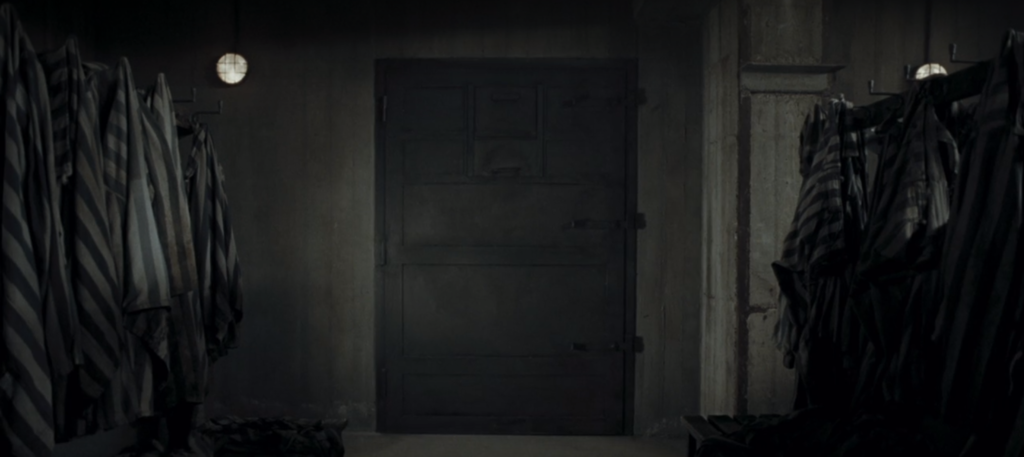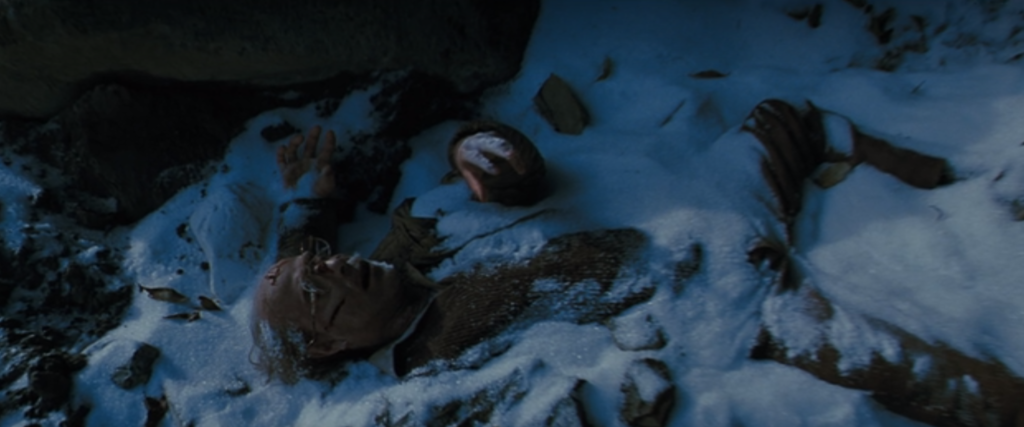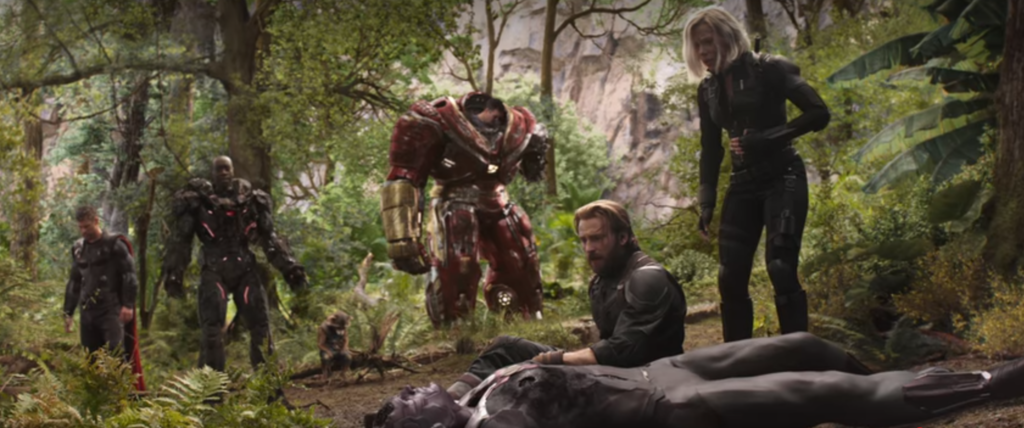
Figure 1: Shot of the gas chamber door in The Boy in the Striped Pajamas (Miramax, 2008), directed by Mark Herman; 1:29:05
The harsh truth of reality is that not every story has a satisfying conclusion. Life does not always work out the way that we want. This is reflected not only in life, but also in cinema. The theme of an unhappy ending applies to The Boy in the Striped Pajamas (Herman, 2008), The Lovely Bones (Jackson, 2009), and Avengers: Infinity War (Russo and Russo, 2018).
The Boy in the Striped Pajamas follows the unlikely friendship of two boys: Bruno (played by Asa Butterfield), the son of a German commander during WWII, and Shmuel (Jack Scanlon), a Jewish prisoner in a concentration camp. The movie follows Bruno’s innocent actions to help his friend, oblivious to the purpose of the camp, his father’s job, or what Shmuel endures on a daily basis. Audiences, despite having complete knowledge of the Holocaust, can’t help but hope that somehow, this young friendship can overcome Nazi Germany. That hope quickly fades, however, when Bruno enters the camp, disguised as a prisoner, to be with Shmuel. They are mistakenly taken to the gas chambers and killed. The last shot is of the gas chamber door (Figure 1). Audiences can understand that this story is not the one they were hoping for, which leaves them with a heavy heart.
The Lovely Bones focuses on Susie Salmon (Saoirse Ronan), her murder, and her thirst for justice as she watches from purgatory. The story follows Susie’s adventures in purgatory, as well as her family’s efforts to discover the truth of how she died. Like with The Boy in the Striped Pajamas, viewers anticipate the moment when Susie’s murderer, George Harvey (Stanley Tucci), is discovered, justice is served, and Susie can move on. Unfortunately, the ending is not as satisfying as viewers hope. Yes, Susie’s family finds peace with her death and Susie moves on to heaven. But, Harvey never suffers for his crimes. He evades justice and leaves town before he can be arrested. At the end of the film, he tries to abduct another young woman, but slips and falls off a cliff (Figure 2). He dies almost immediately, but audiences are left disappointed. Harvey never truly pays for what he has done, and his death almost seems too simple. The Lovely Bones accomplishes everything audiences want, but the ending is not exactly what viewers had in mind.

Figure 2: Medium long shot of George Harvey (Tucci) lying in the snow after falling off a cliff in The Lovely Bones (DreamWorks, 2009), directed by Peter Jackson; 2:00:10
A popular example of an unhappy ending is Avengers: Infinity War. The Avengers have gathered again to battle their greatest threat yet: Thanos (Josh Brolin). The movie follows several plot lines that surround Captain America (Chris Evans), Thor (Chris Hemsworth), Iron Man (Robert Downey Jr.), Star-Lord (Chris Pratt), and Doctor Strange (Benedict Cumberbatch) as they build up to a showdown with Thanos, who wants to obliterate half of the world’s population. In previous Avengers movies, when all seems desperate and bleak, the heroes are able to find a solution and achieve victory. However, this is not the ending everyone expected. Thanos wins and half of the world dissolves into dust. Just as our heroes realize that they failed (Figure 3), viewers find themselves in a state of shock like those on-screen. The conclusion of the movie (that will be continued in Avengers: Endgame (Russo and Russo, 2019)) is far from the victory that most people wanted, but the unhappy ending still unites audiences as they try to cope with the shocking conclusion.

Figure 3: Long shot of some of the remaining Avengers as they cope with their shock and grief in Avengers: Infinity War (Marvel Studios, 2018), directed by Joe Russo and Anthony Russo; 2:16:22
Happy endings are never guaranteed, not in life, nor in film. Despite our hopes and desires for a satisfying ending that will leave us in a good mood, it is not uncommon for the good moods to disappear with a major cinematic twist. The Boy in the Striped Pajamas, The Lovely Bones, and Avengers: Infinity War are only three examples of movies that leave audiences searching for an enjoyable conclusion, but sadly, never finding one.
Author Biography
Miranda Sprouse is an undergraduate student at the University of North Carolina Wilmington. She is majoring in film studies and earning a certificate in professional writing. Miranda enjoys watching movies, screenwriting, and film analysis. She hopes to have a future career that combines her passions for writing and film.
References
Avengers: Infinity War. Directed by Joe Russo and Anthony Russo. Marvel Studios, 2018.
“Avengers: Infinity War.” IMDb, IMDb.com, 27 Apr. 2018, https://www.imdb.com/title/tt4154756/. Accessed 14 Apr. 2019.
The Boy in the Striped Pajamas. Directed by Mark Herman. Miramax, 2008.
“The Boy in the Striped Pajamas.” IMDb, IMDb.com, 26 Nov. 2008, https://www.imdb.com/title/tt0914798/. Accessed 14 Apr. 2019.
Guerra, Floriana. “The Age of Truthfulness: The Cases of La Vita è Bella and The Boy in the Striped Pajamas.” Film Matters, vol. 8, no. 1, 1 Mar. 2017, pp. 56-58(3). Accessed 14 Apr. 2019.
The Lovely Bones. Directed by Peter Jackson. DreamWorks, 2009.
“The Lovely Bones.” IMDb, IMDb.com, 15 January 2010, https://www.imdb.com/title/tt0380510/. Accessed 14 Apr. 2019.







































